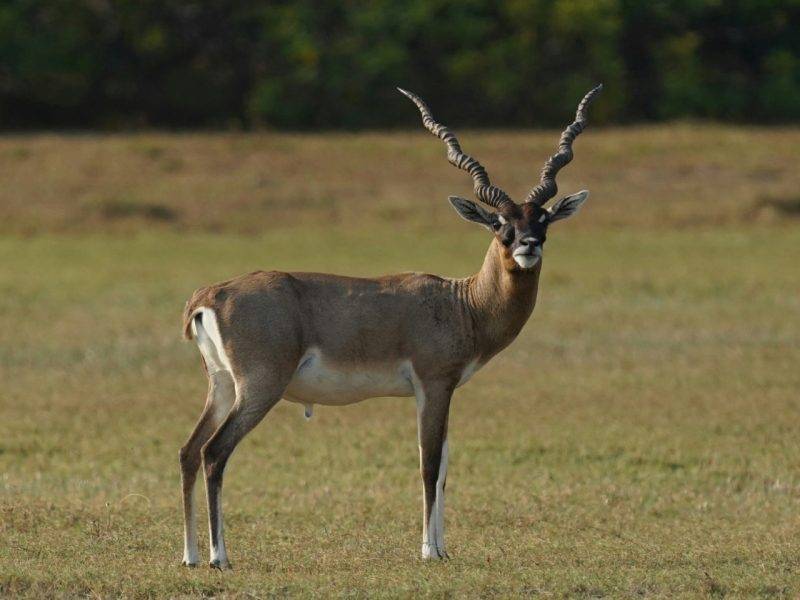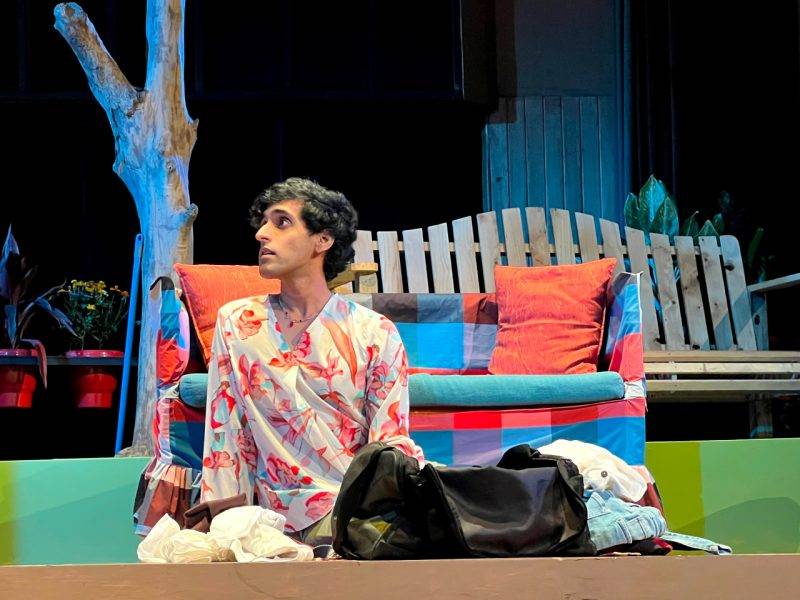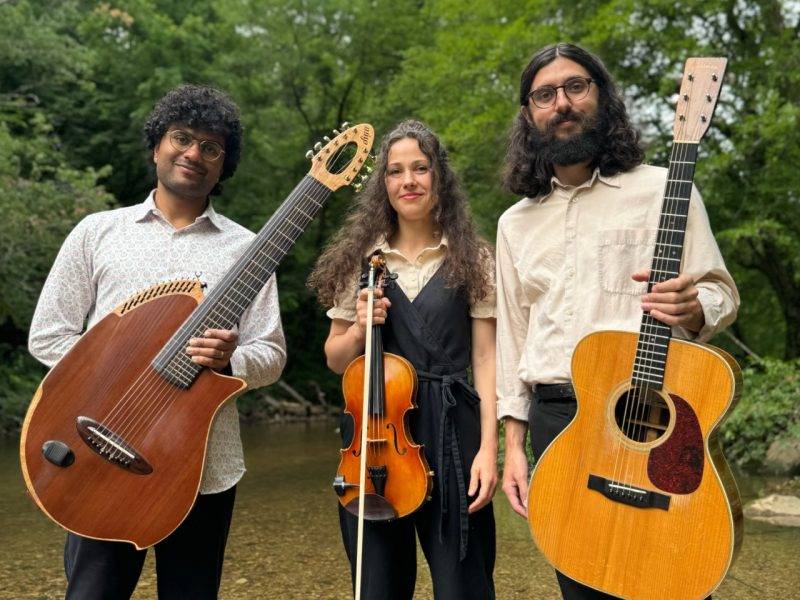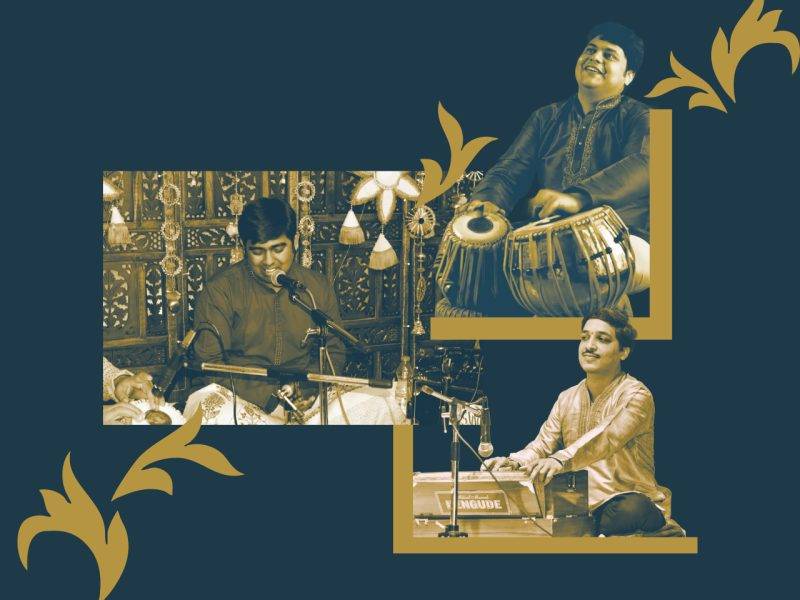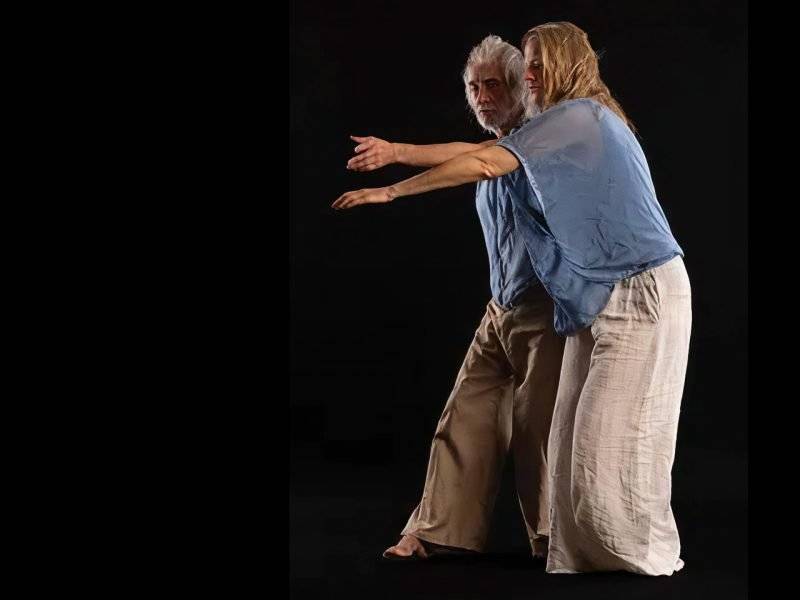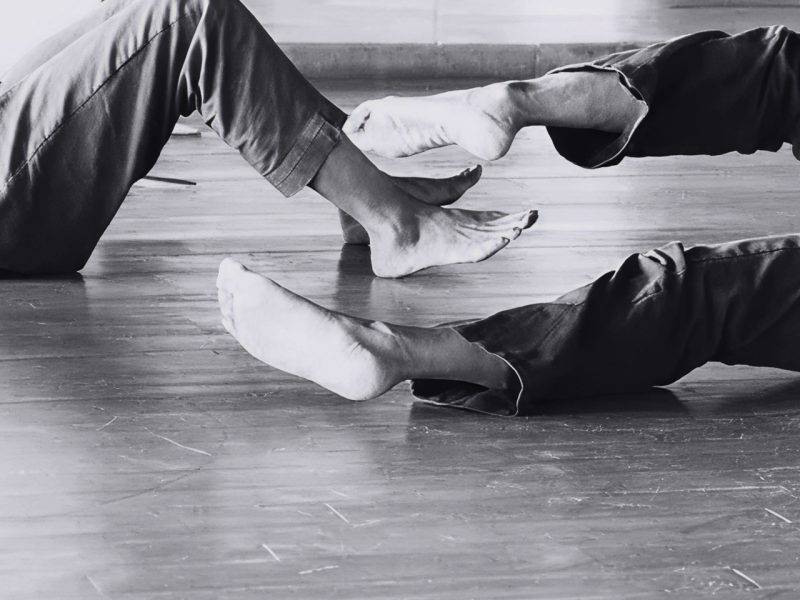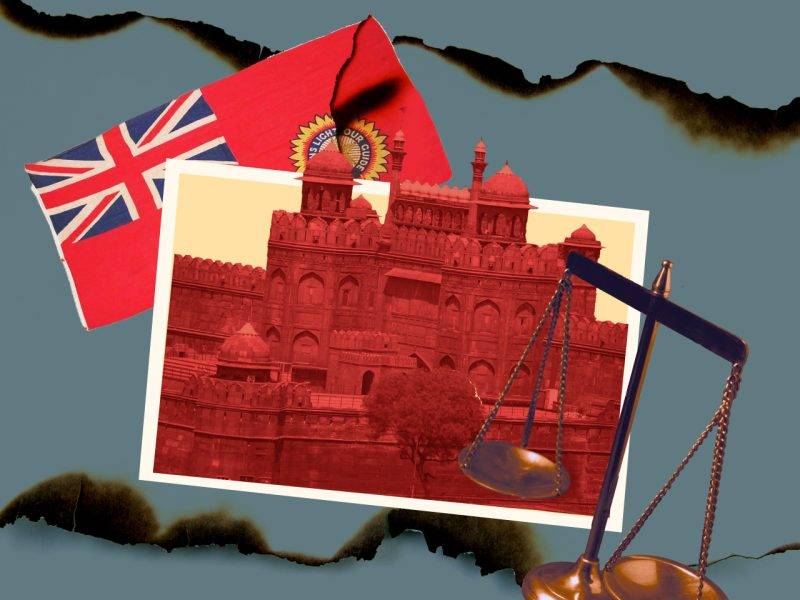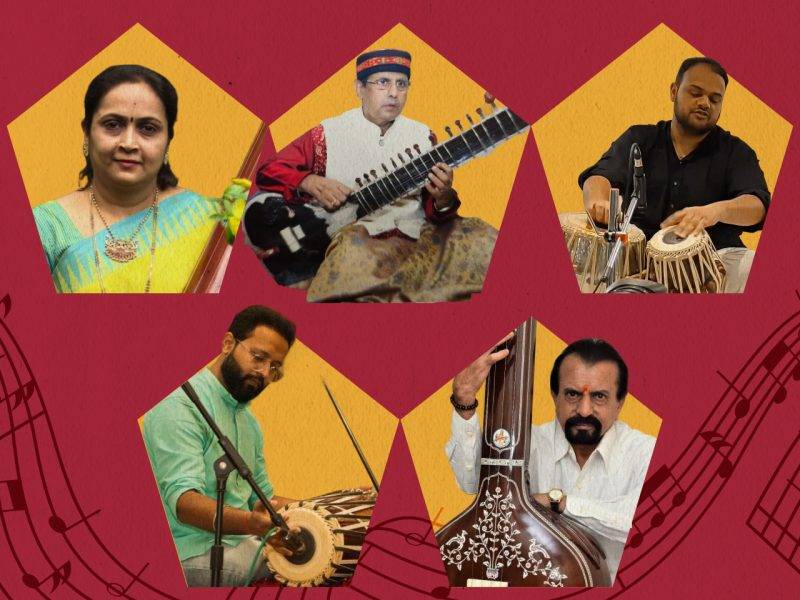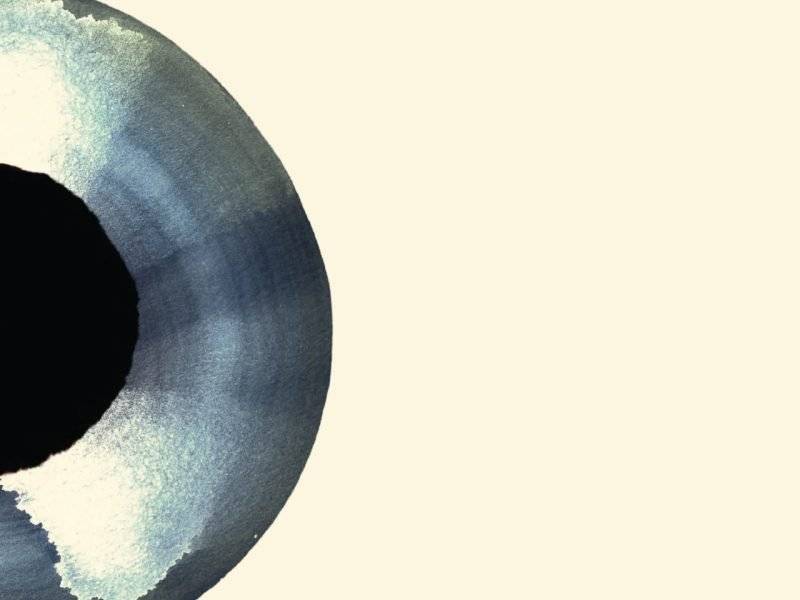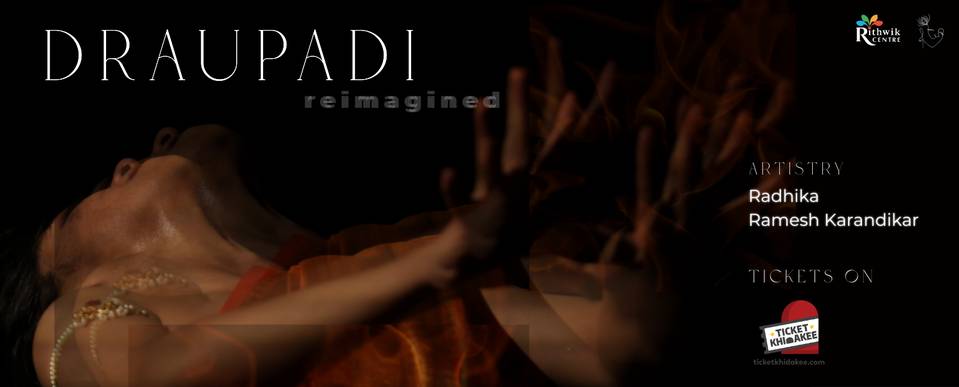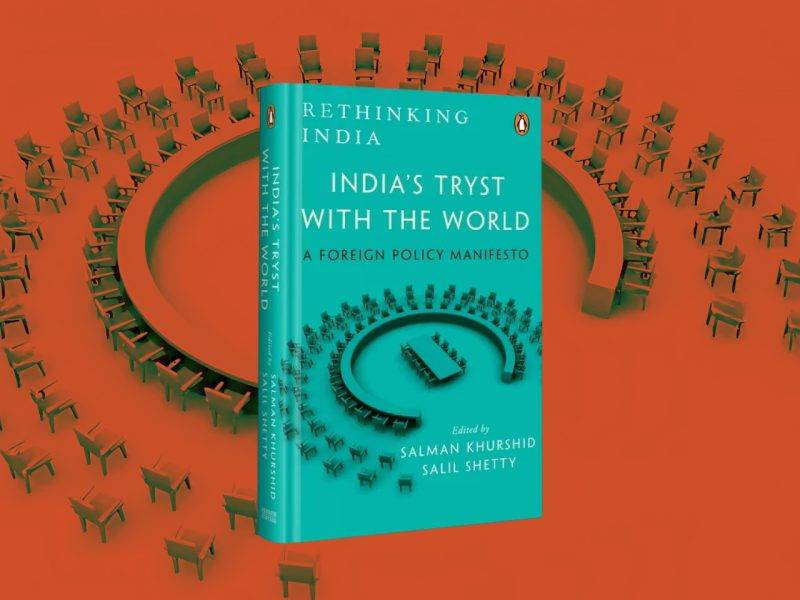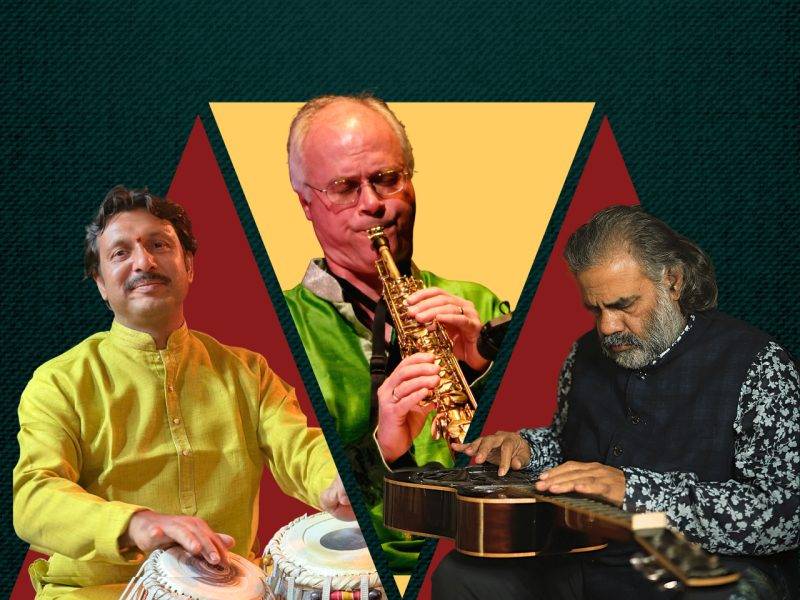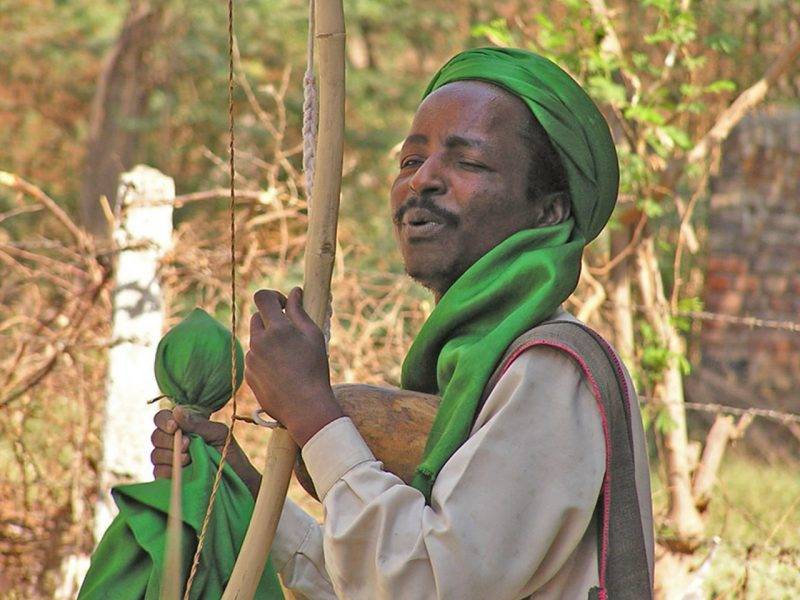Making a Museum Archaeological Excavations at Sanganakallu
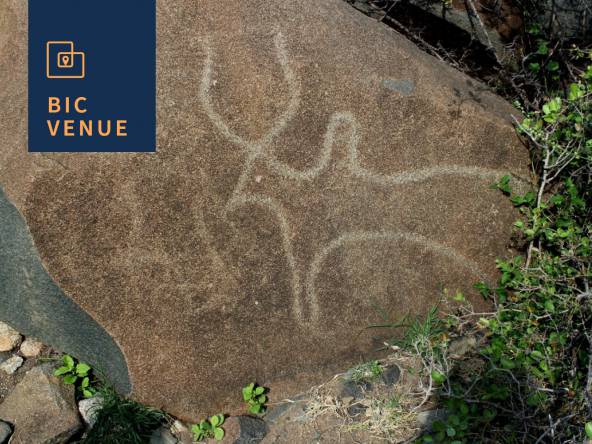
Details
Jan 07 2023 to Jan 07 2023 6:30 p.m.
EVENT HAS ENDED
Where
Bangalore International Centre
7 4th Main Rd, Stage 2, Domlur 560071
Event Description
Sanganakallu Neolithic Site is the oldest known Neolithic site, discovered by William Fraser, a civil engineer of the mid-19th century who was based in Ballari. He found many Neolithic and Megalithic sites in and around the hills of Ballari and Sanganakallu. It was Robert Bruce Foote who gave definite archaeological status to both Kudatini and Sanganakallu sites. Five granite hills constitute the hill complex: Sannarachammagudda, Sadasivagudda,Choudammagudda, Suddalamattigudda and Hiregudda. They together form a horse-shoe shaped plateau that provided clear inter-site visibility to the hilltop occupants. This is perhaps the most extensive settlement, spread over an area of 1000 acres, with a two thousand years history, in southern India. This site has been subjected to periodic investigations ever since it was first discovered in the later part of the 19th century. Recent multidisciplinary investigations, including modern methods of excavation and documentation, have helped us understand the origins and development of agricultural economies and ritual practices, from 2000-1000 BC, as well as trace the continuity from the Neolithic to the Iron Age. The archaeobotanical evidence from Sannarachamma and Hiregudda Area A and D point towards a plant economy based on the cultivation of millets (Setaria verticillata, Brachiaria ramosa) and pulses (Macrotyloma uniflorum, Vigna radiata and Lablab pupureus). Ravi Korisettar will speak about this Millet revolution that occured 5000 years ago and also touch upon Foote’s legacy, which has been fortified by his work in Rayalaseema and the finds from Sanganakallu itself, now immortalised by a museum known as the Robert Bruce Foote Sanganakallu Archaeological Museum (RBFSAM) in Ballari.

